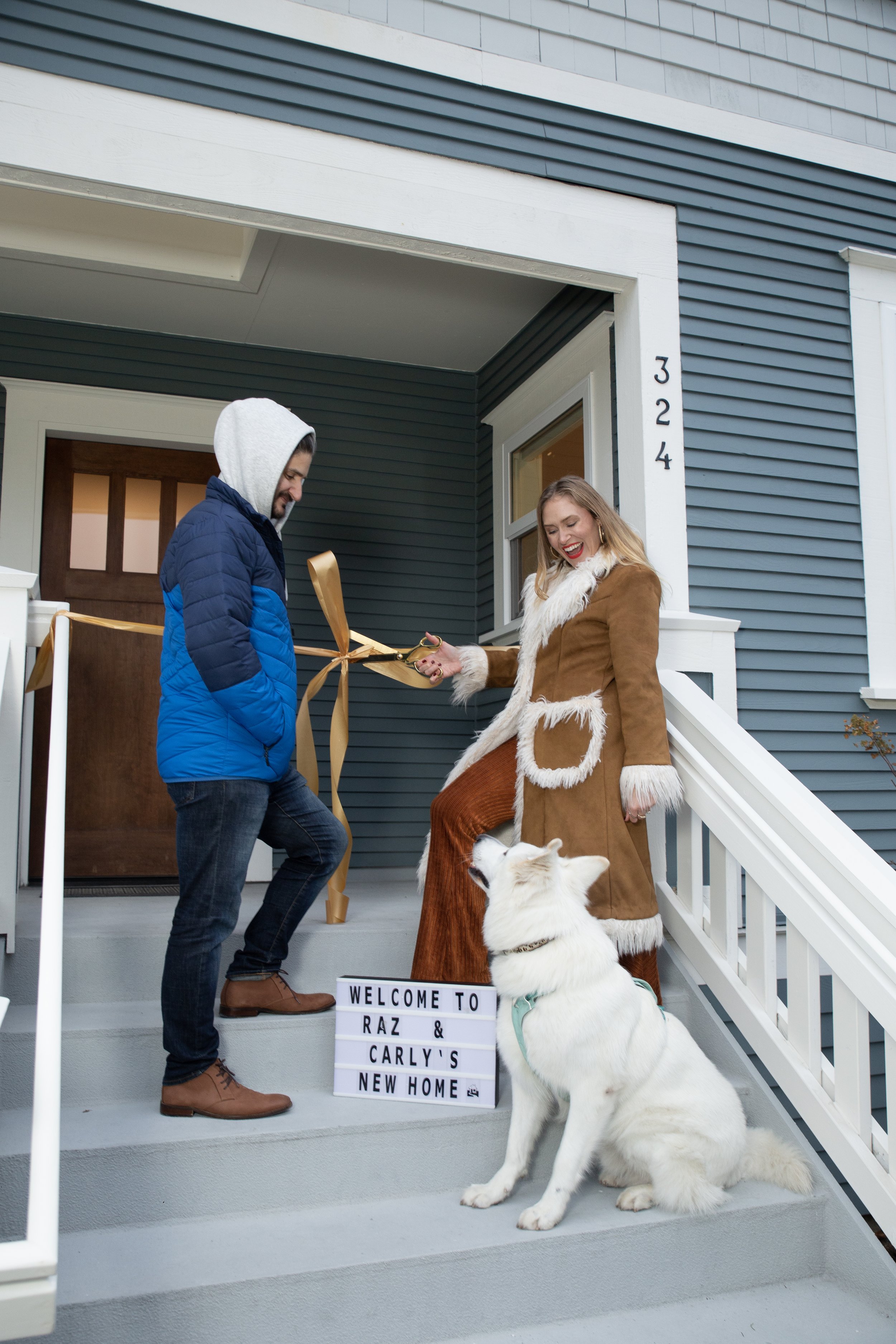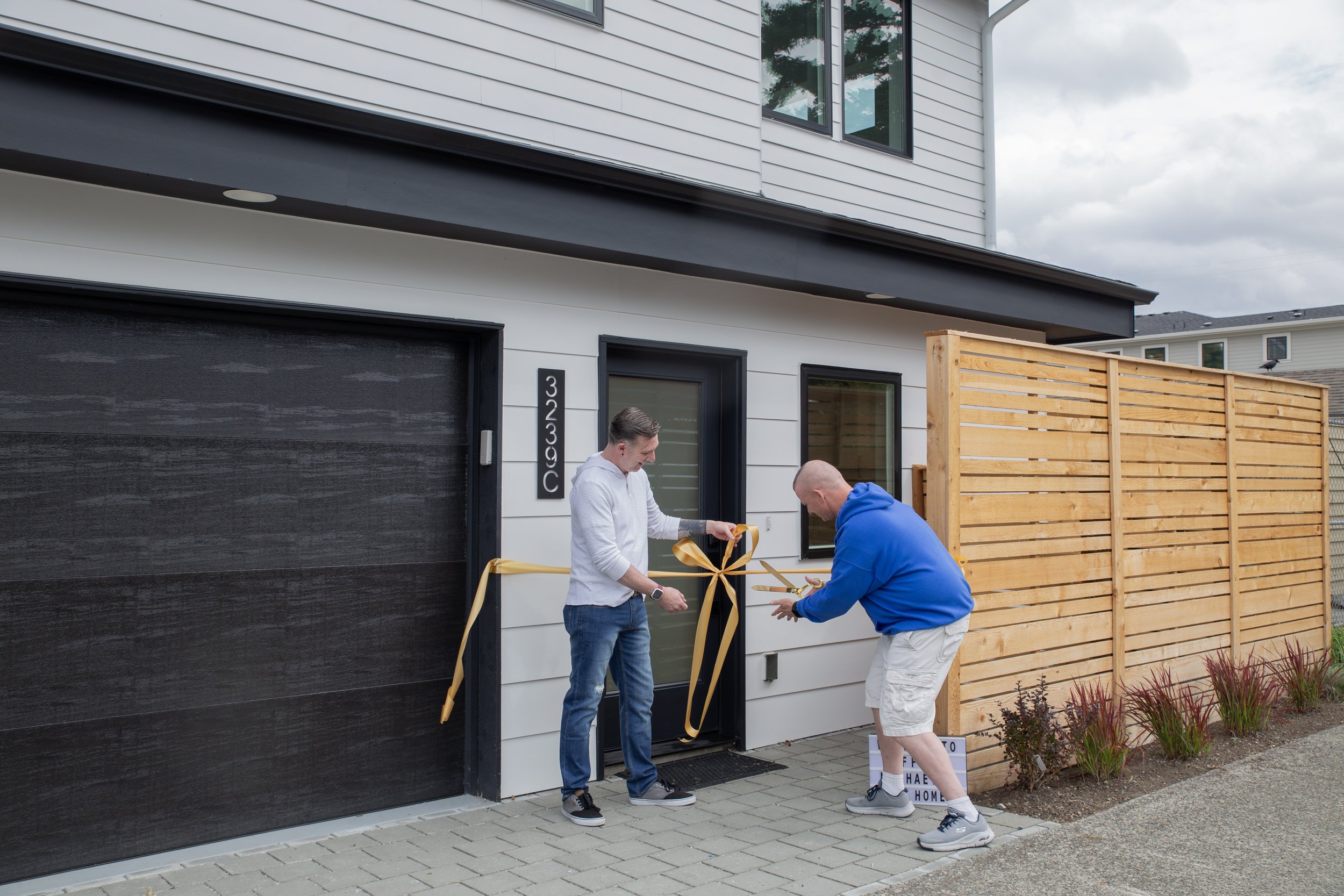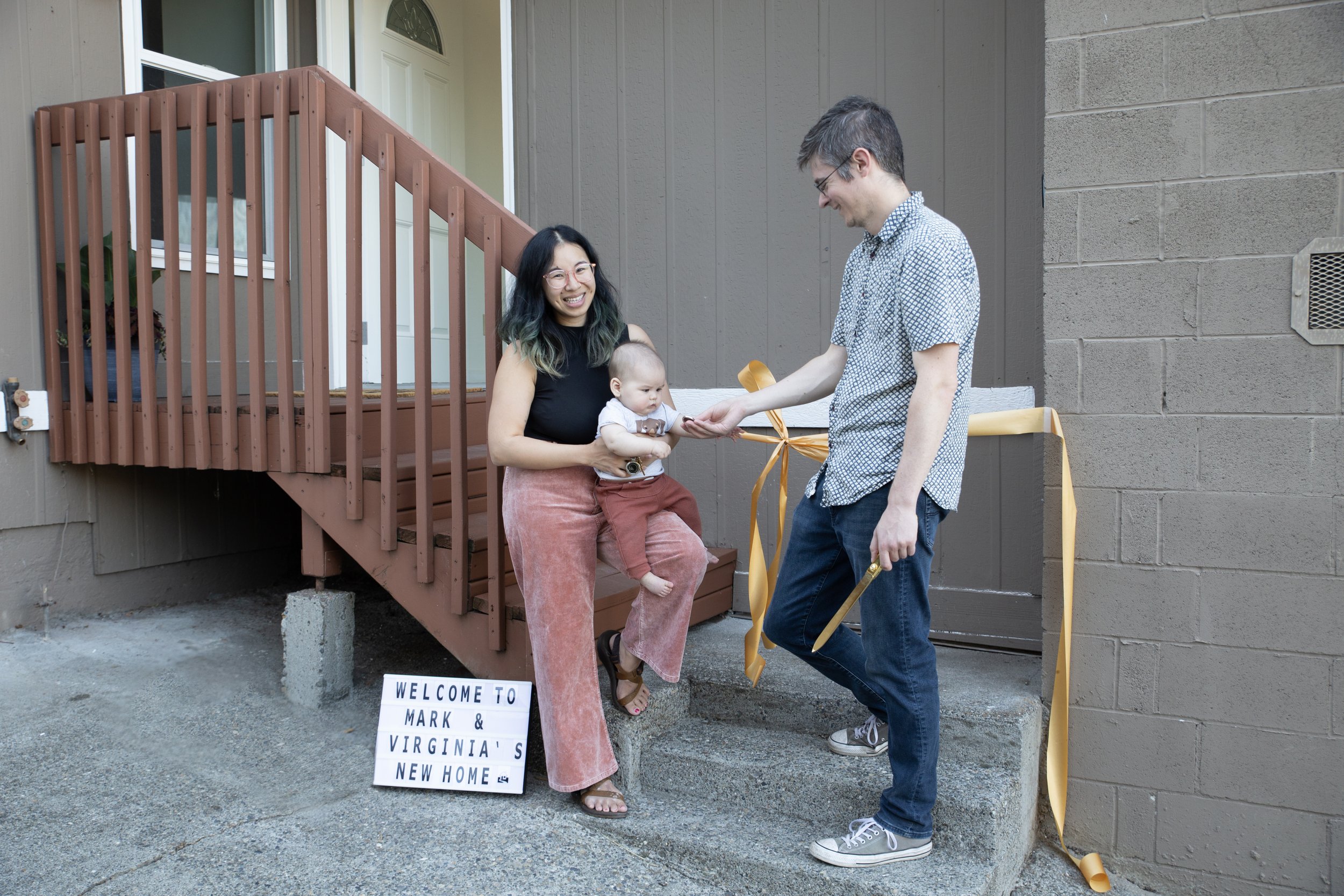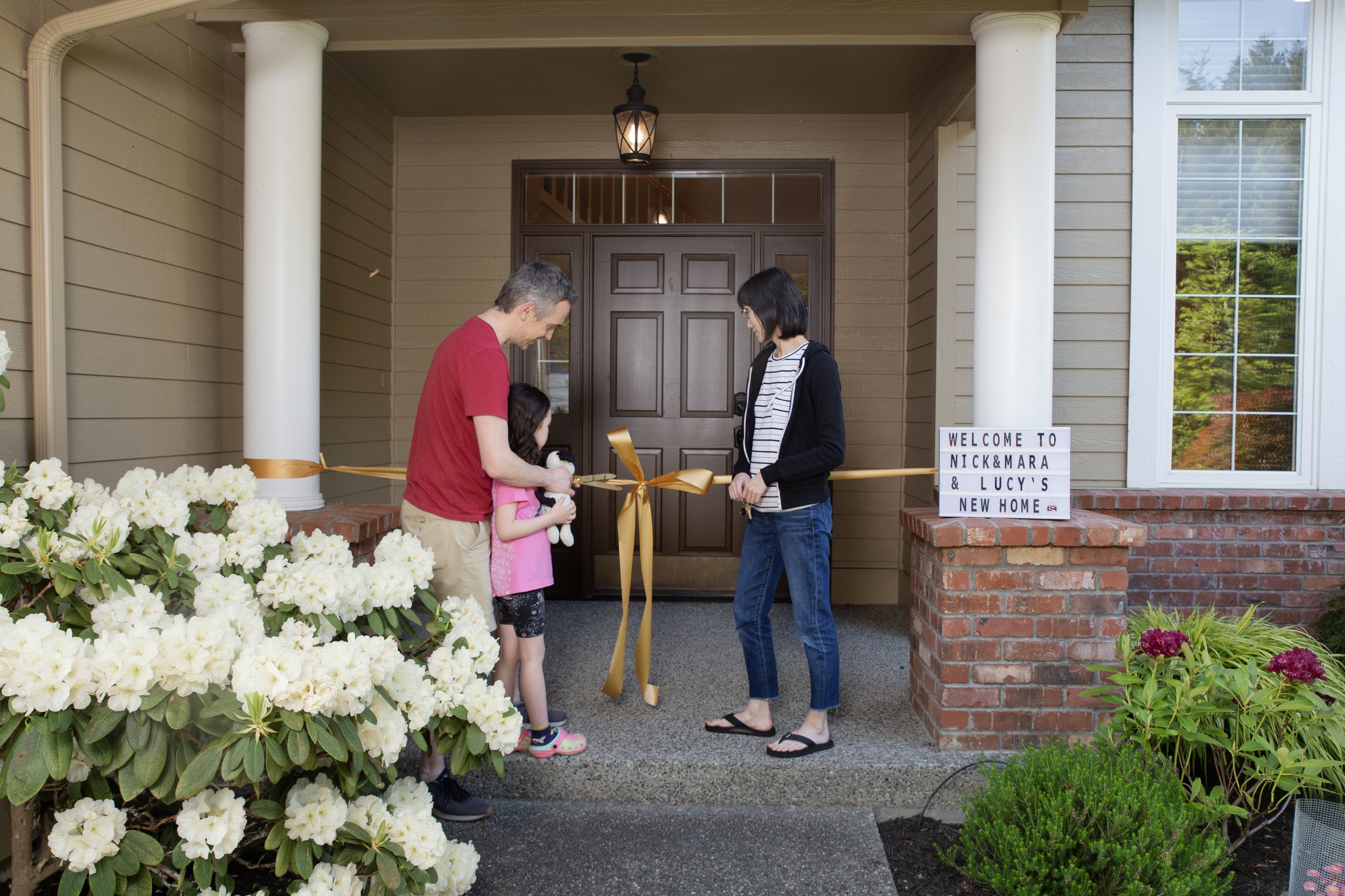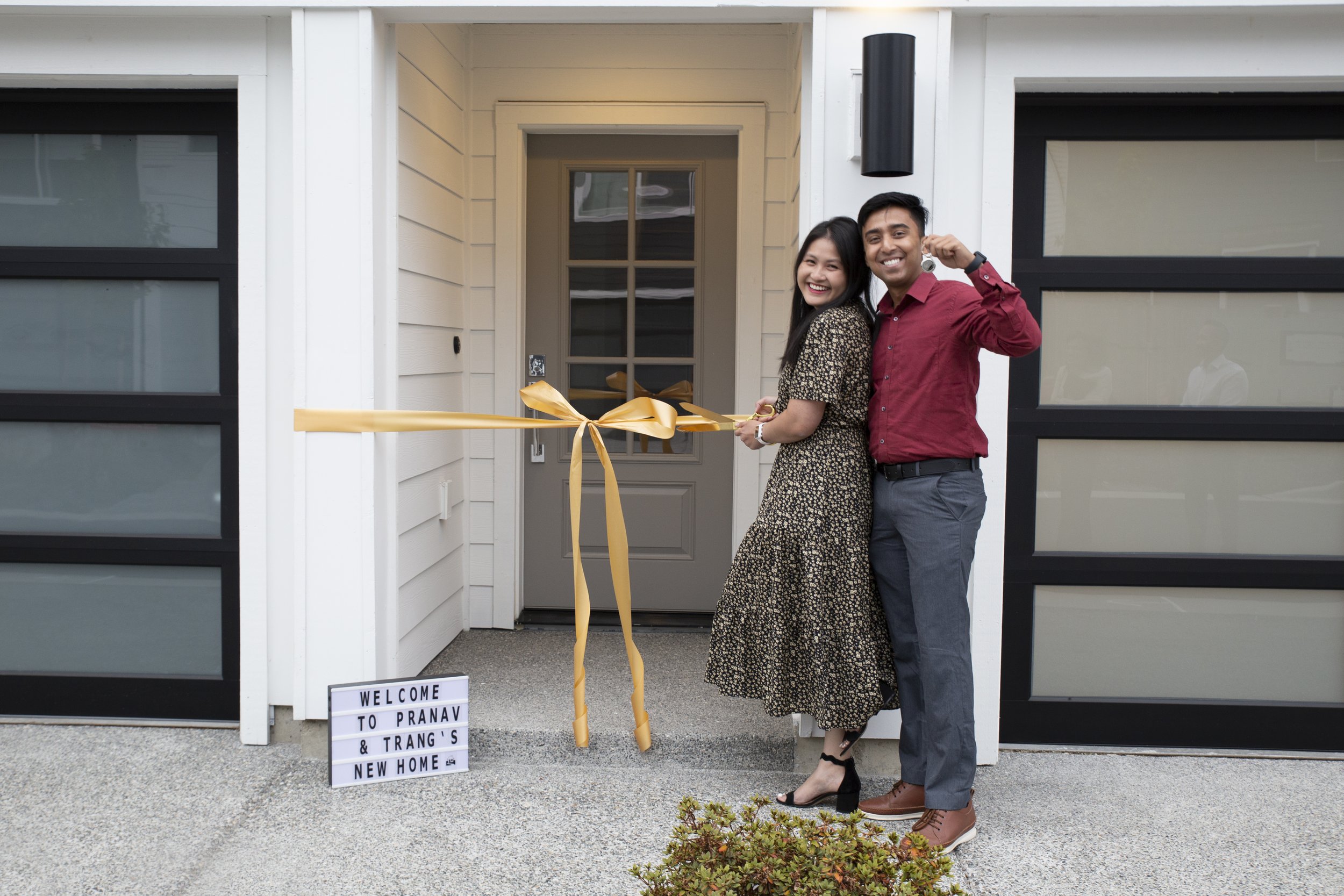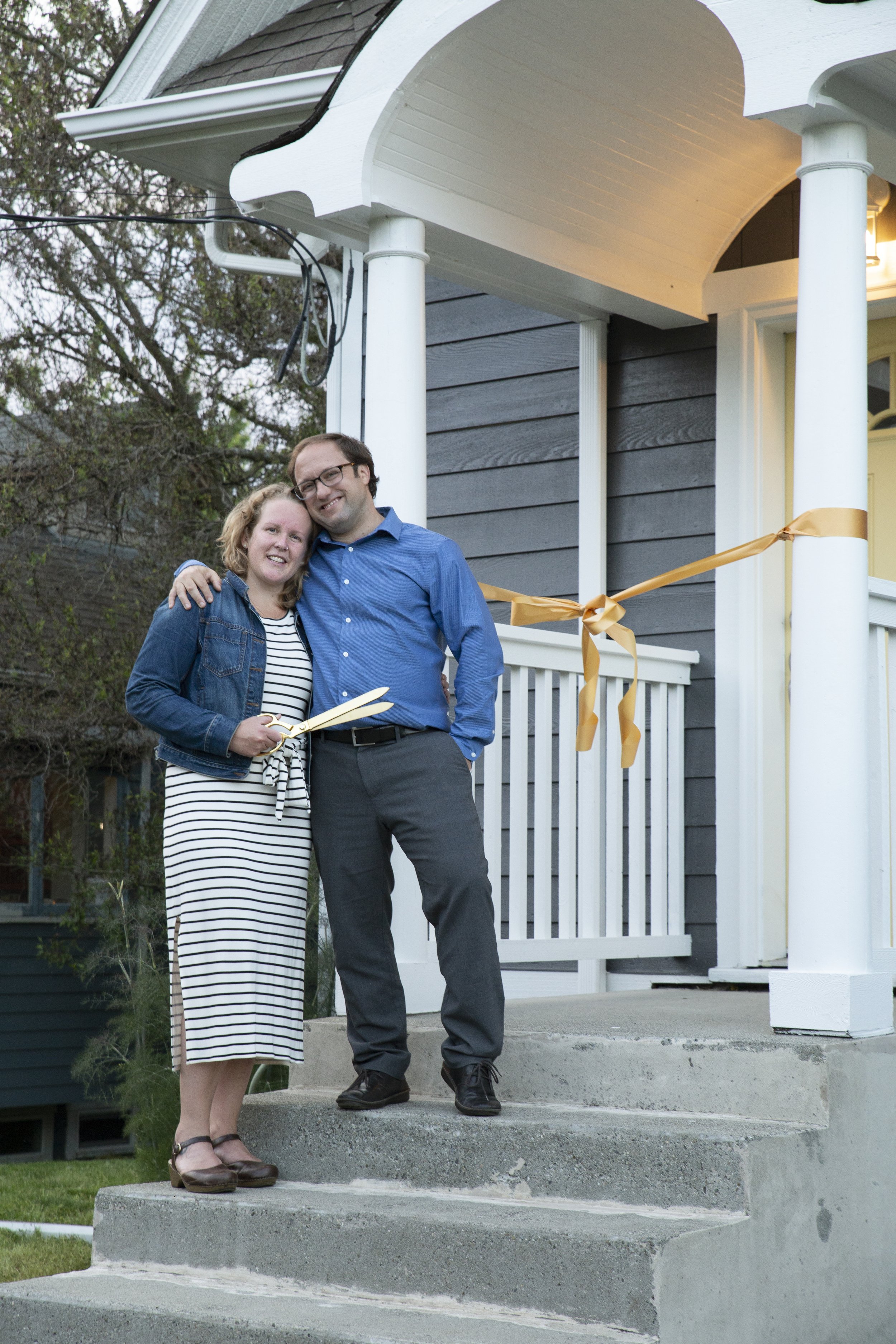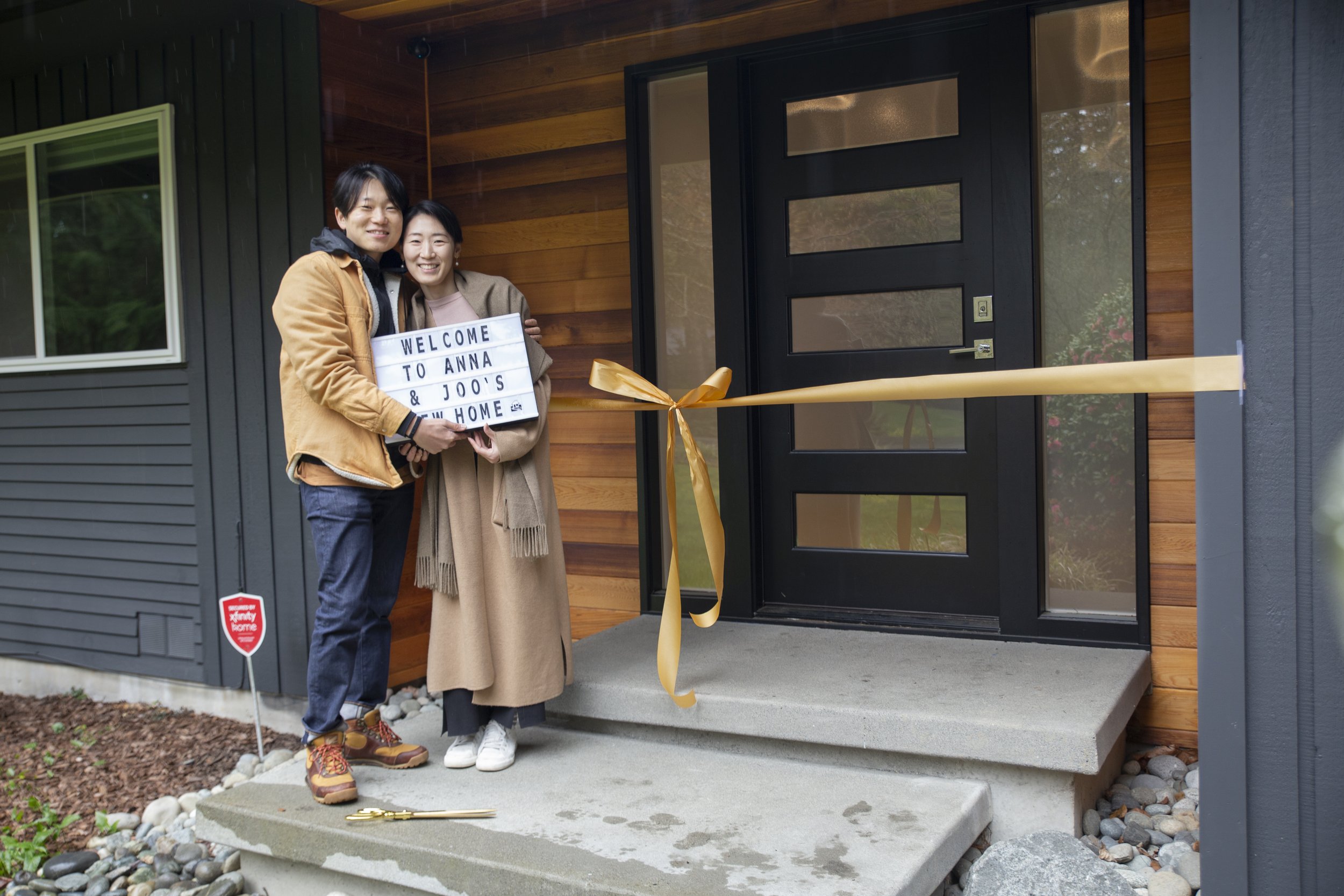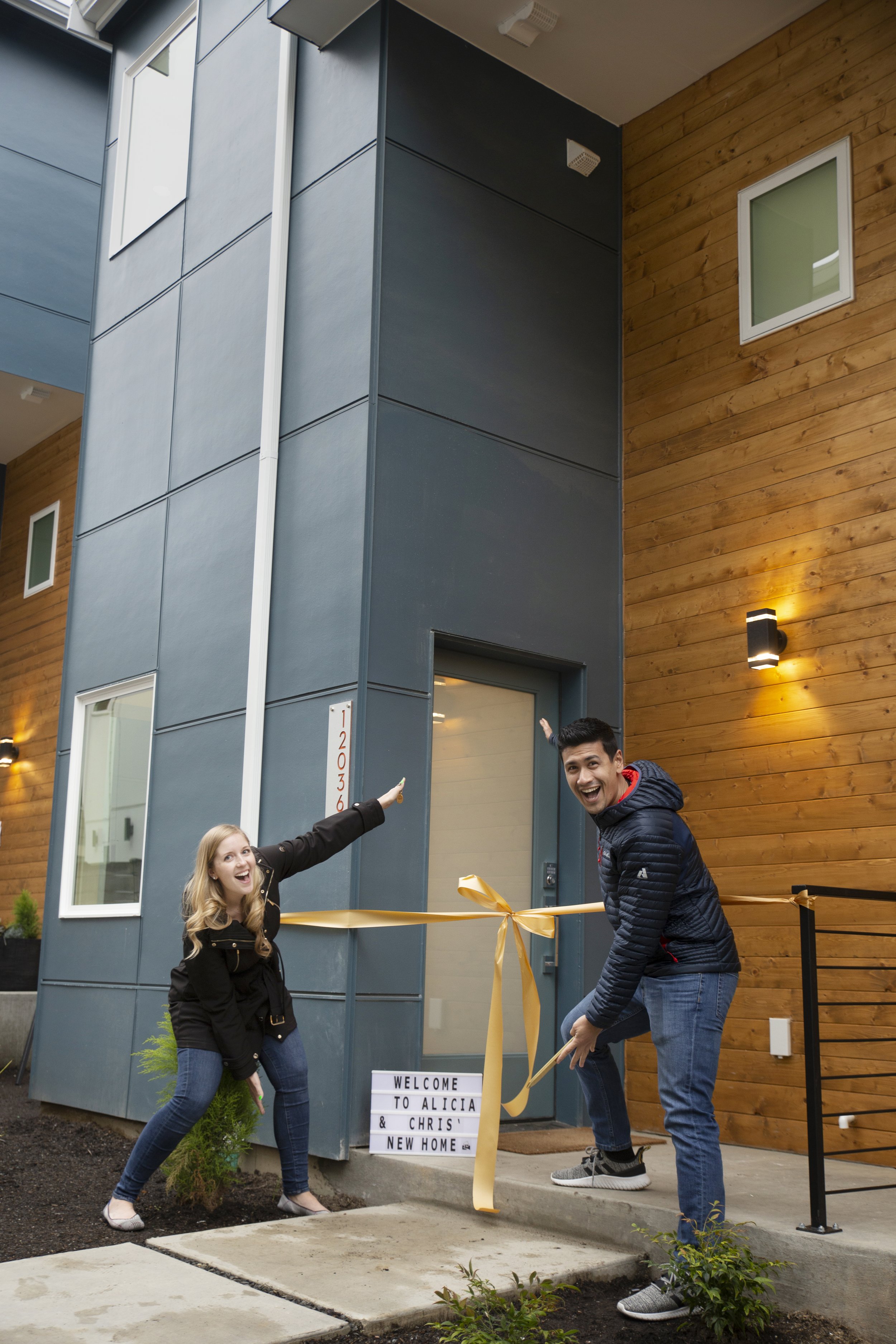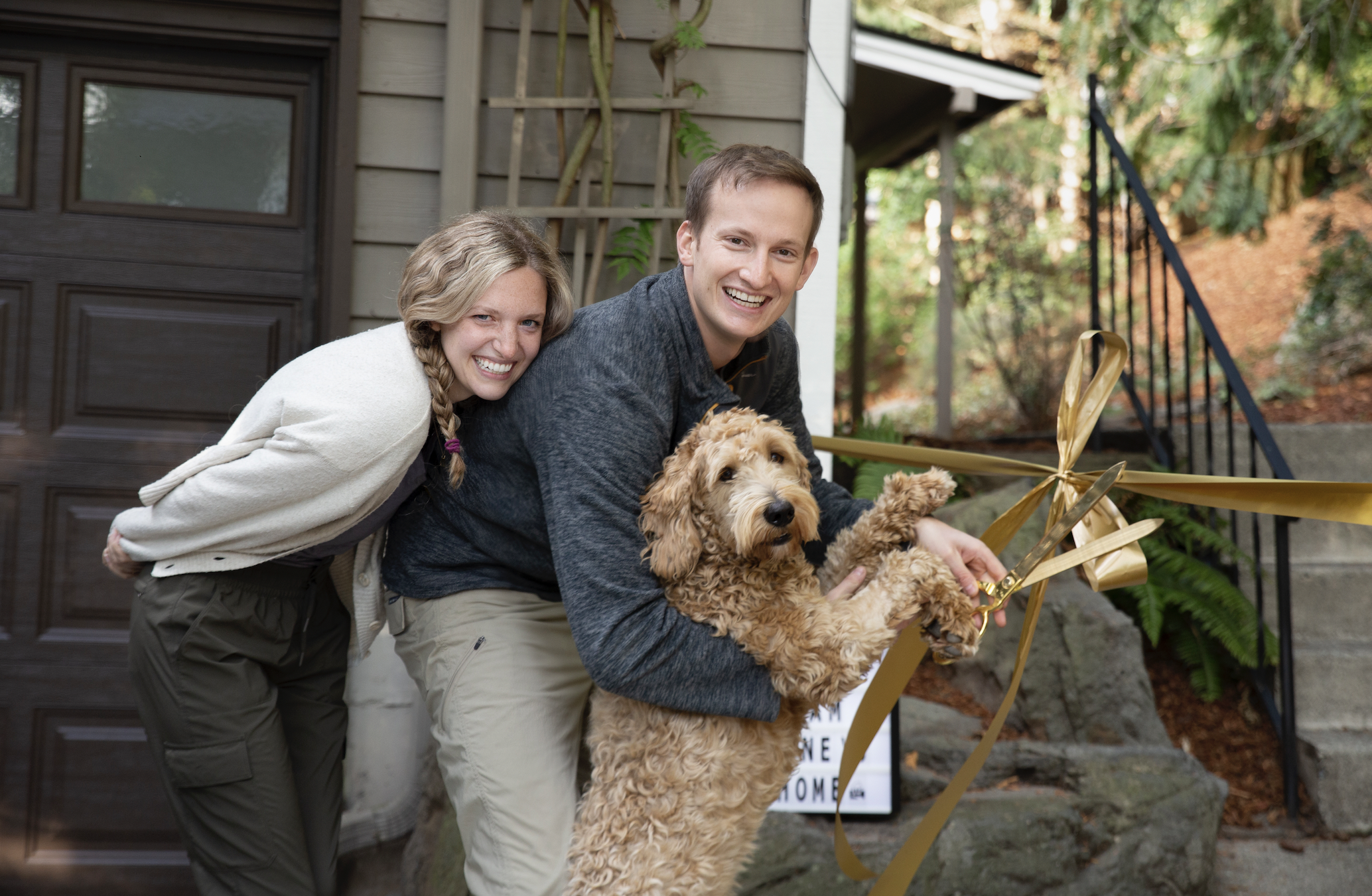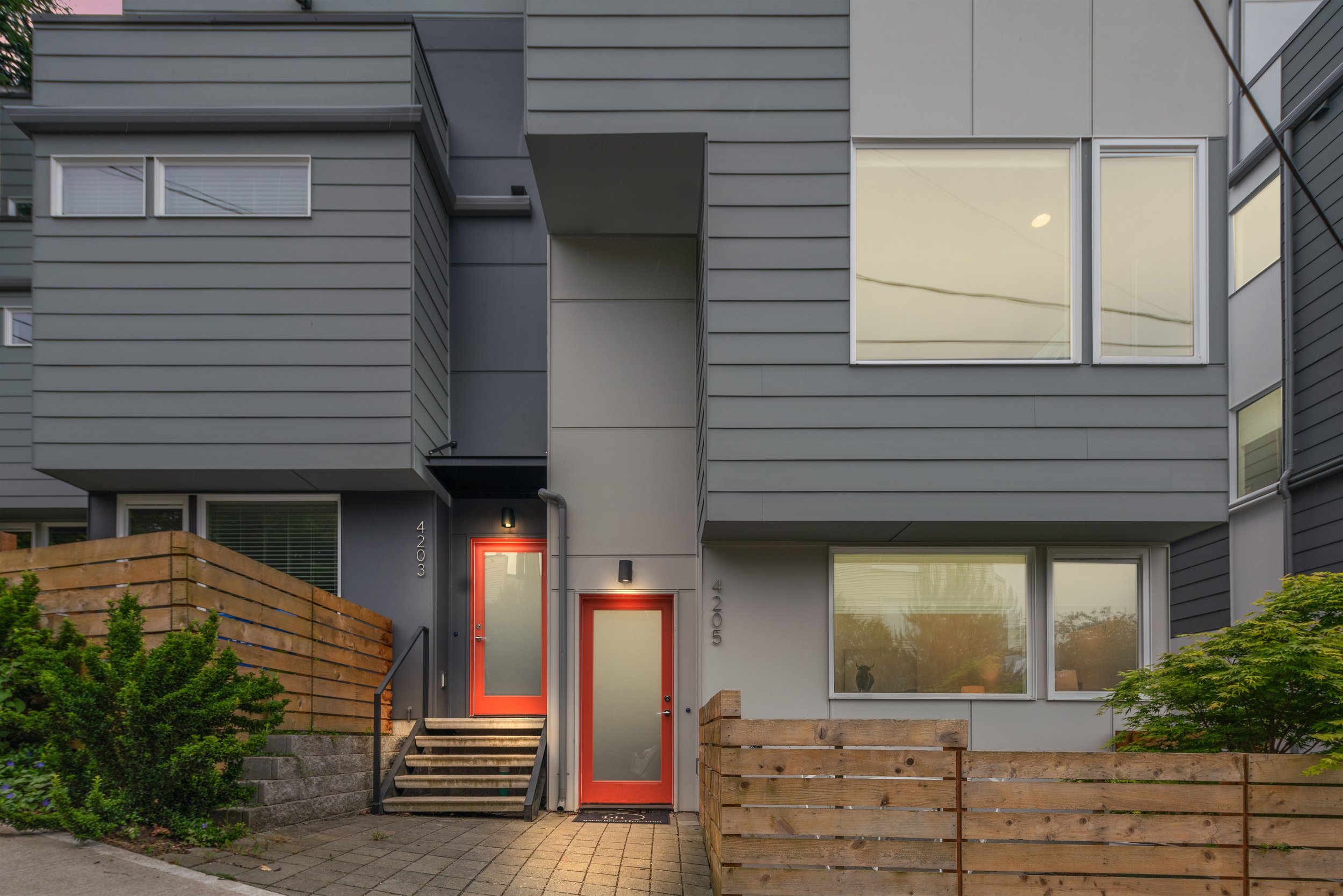Touring Cheatsheet:
PNW Quick Reference Guide
What to expect on our SHOWING or TOUR:
BEFORE
Click “request tour” in-app or text/email to let me know which homes you want to see and what time/day
Owner-occupied homes take up to 4 hours to schedule; tenant-occupied can take over 48 hours to schedule
A calendar event invitation will be sent to your email with the details of the home showing or tour itinerary
We’ll meet at the first home unless we make plans otherwise
Wear shoes you can easily remove unless booties are provided
Some occupied homes require masks and proof of pre-approval/cash
I’ll conduct “Level 1” research before our showing
DURING
Most listings are by appointment only - Most will allow overlapping appointments but we should try to remain in our scheduled slot
The listing agent might be present, especially at higher-priced homes; Some sellers/tenants are present in occupied listings
Sellers have been using audio/video devices or even audio devices to listen to home visitors - avoid negative comments and talks of strategy until after the showing
We must remain as a group in occupied homes
I recommend we see all interior spaces and then walk around the yards after
AFTER
If you’re interested in a home, I’ll conduct “Level 2 research”
If any, I’ll send you the seller-procured inspections and other important docs via the COMPASS app
I’ll keep an eye on the schedules of homes you are interested in to get a sense of buyer competition
I’ll initiate and maintain communication with the listing agent
I’ll create a comparative sales analysis report to get a sense of the listing agent’s strategy and if they underpriced, overpriced, or priced the home well
I’ll research the home, seller, and listing agent
With my findings, I’ll accurately forecast:
Buyer competition (How high of an offer we’ll need)
Seller motivation (How low of an offer we can make)
Chance of low appraisal if we include an escalation clause in our offer
I’ll let you know the next steps, including if we should pre-inspect or when we should make an offer (ASAP or wait)
If you are seriously considering making an offer, I’ll conduct “Level 3 research” - proprietary research tailored to our listing and offer
I’ll draft an offer the afternoon a day before we plan to present the offer and preferably review/sign it that evening.
Tour as many homes as you can each week!
If a listing with an offer review date doesn’t receive an offer on the stated date, then it will most likely begin reviewing offers as they are received - This means that the sooner offers come in then the less likely there will be any competing offers. Often times a home misses an offer review date not because it was not an attractive home, but because other buyers were afraid of competition or another home took all of the buyers’ attention that week. Once an attractive home misses an offer review date, expect a rush of buyers to try to do last-minute showings to try to get an offer in. Beat them by visiting the home when it hits the market originally!
Tour homes as early as you can
The sooner you can tell us that you’re interested in a home, the sooner I can conduct Level 2 and later Level 3 research on the home, seller, and buyer competition - The more time I have the better information I can gather. We’ll also have more time to review any seller-procured home and sewer inspections as well as have time to conduct our own inspections. I recommend touring Thursday-Saturday especially if the home has an offer review date of Monday.
Beware of “Gems of the Week”
During weeks when there are large numbers of new listings, we often times see all the actively searching buyers go after the “Gems of the Week”. A Gem of the Week is a home that is a 10 out of 10 home that checks all of the boxes for most buyers. It’s perfectly marketed, perfectly priced, and perfectly prepared. If we truly love the home, let’s go after it. But don’t let this home overshadow the other wonderful homes that might be on the market that week. Your second favorite home that week might be the home that everyone else skips for the "Gem of the Week” and the other home can make for a great deal. I’ll help identify what is the Gem of the Week and any home’s buyer activity.
















